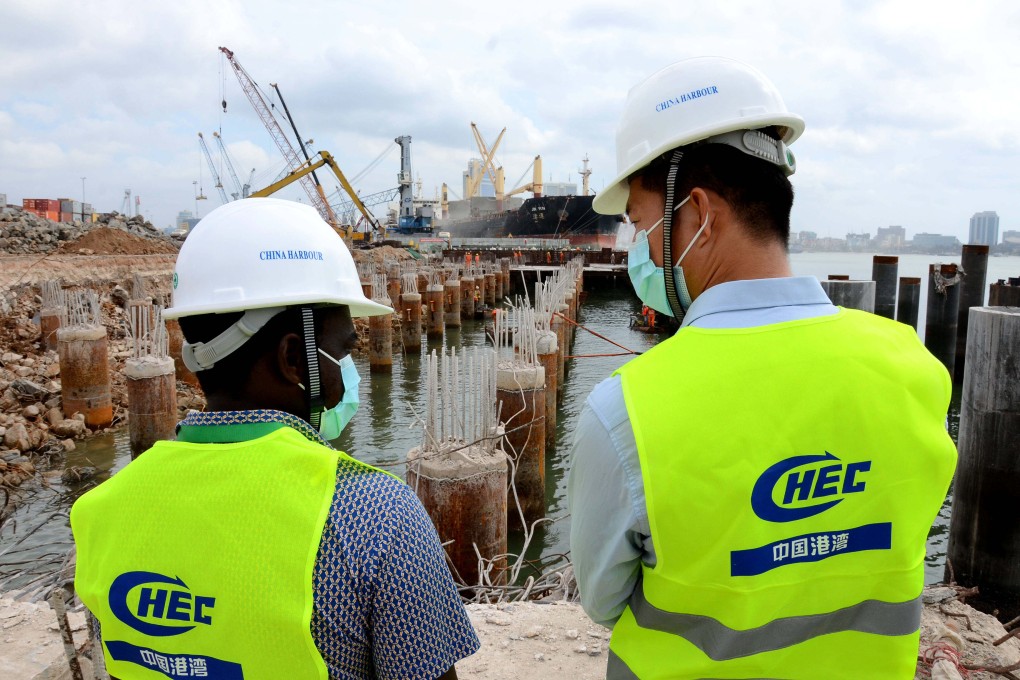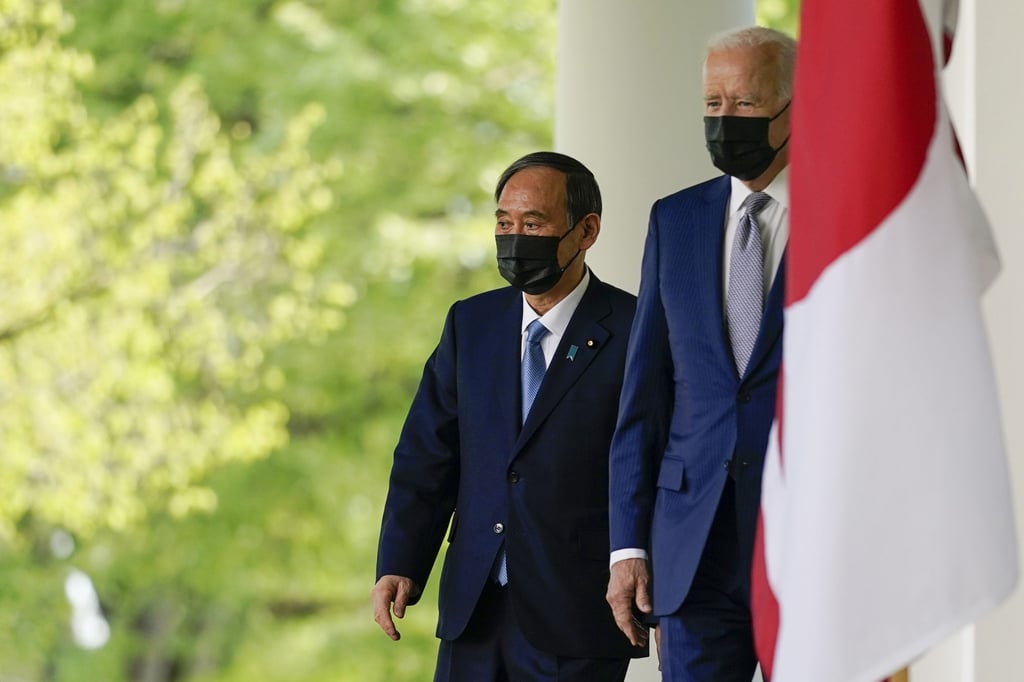Macroscope | What differentiates the US-driven Blue Dot Network from China’s Belt and Road Initiative? Money
- The revived Blue Dot Network is the latest in a series of attempts by the US, Japan and Australia to counter China’s transnational infrastructure-focused scheme
- However, it lacks the funding needed to back projects in the way China has been able to, using its foreign exchange reserves and financing from state banks

Imitation, it is said, is a “form of flattery” and if that is true then China should be feeling extremely flattered by the lengths to which other powers (notably the US, Japan and Australia) are prepared to go to emulate its remarkable infrastructure initiatives, domestically and overseas.
Preserving individual liberty – as distinct from broader socio-economic aims – is not the kind of activity that a politically neutral body like the OECD would normally be expected to engage in, and it is not stretching a point to see this as part of a wider China-criticising trend.

The context in which the Blue Dot Network has come into being is certainly political (though it might not sound so from its nondescript title). Its genesis has to be seen against the background of Chinese President Xi Jinping’s launch of the Belt and Road Initiative in 2013.
